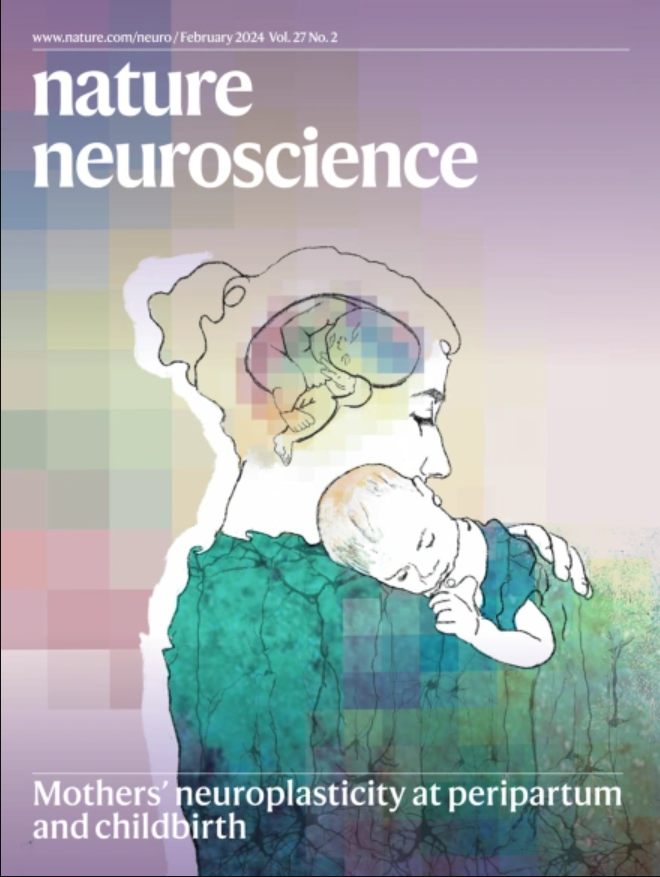人工智能预测精神健康障碍的风险
IF 20
1区 医学
Q1 NEUROSCIENCES
引用次数: 0
摘要
人工智能驱动的模型可以预测精神健康障碍的风险。在《自然医学》杂志上发表的一项为期五年的纵向研究中,Hill等人利用来自11,000多名青少年大脑和认知发展(ABCD)研究儿童的心理社会问卷和磁共振成像(MRI)数据。作者训练神经网络,使用“症状驱动”模型和“机制驱动”模型对一般精神病理风险进行分类,“症状驱动”模型根据当前负担预测未来的症状,“机制驱动”模型使用与精神疾病潜在病因相关的预测因子。在机制驱动的模型中,社会和行为因素,特别是睡眠障碍,强烈影响预测的风险,而mri衍生的神经生物学测量的影响最小。症状驱动方法准确地识别出将在未来一年内进入精神疾病最高风险群体的参与者,其受试者工作特征(ROC)曲线下的面积为0.84,而基于机制的模型的ROC曲线值为0.75。这项研究强调了人工智能模型在使用简单问卷预测青少年心理健康障碍风险方面的潜力。这种方法可以通过改善早期干预,加强预防,从而有效地分配资源,从而潜在地优化精神卫生支持。原始文献:Hill, E. D. et al。Nat. Med. https://doi.org/10.1038/s41591-025-03560-7 (2025)本文章由计算机程序翻译,如有差异,请以英文原文为准。
AI predicts risk of mental health disorders
求助全文
通过发布文献求助,成功后即可免费获取论文全文。
去求助
来源期刊

Nature neuroscience
医学-神经科学
CiteScore
38.60
自引率
1.20%
发文量
212
审稿时长
1 months
期刊介绍:
Nature Neuroscience, a multidisciplinary journal, publishes papers of the utmost quality and significance across all realms of neuroscience. The editors welcome contributions spanning molecular, cellular, systems, and cognitive neuroscience, along with psychophysics, computational modeling, and nervous system disorders. While no area is off-limits, studies offering fundamental insights into nervous system function receive priority.
The journal offers high visibility to both readers and authors, fostering interdisciplinary communication and accessibility to a broad audience. It maintains high standards of copy editing and production, rigorous peer review, rapid publication, and operates independently from academic societies and other vested interests.
In addition to primary research, Nature Neuroscience features news and views, reviews, editorials, commentaries, perspectives, book reviews, and correspondence, aiming to serve as the voice of the global neuroscience community.
 求助内容:
求助内容: 应助结果提醒方式:
应助结果提醒方式:


